Chateau d'If - the legendary prison of French kings
Categories: Design and Architecture | Europe | History
By Pictolic https://pictolic.com/article/chateau-d39if-the-legendary-prison-of-french-kings.htmlMany of us have read Alexandre Dumas’s novel “The Count of Monte Cristo” or watched the wonderful Soviet film “The Prisoner of the Chateau d’If” with Viktor Avilov in the title role. At the same time, the castle-prison on the island where the plot begins is perceived by most as a fictional place. But the Chateau d'If exists, and it was in fact one of the most terrible prisons in France for a long time.
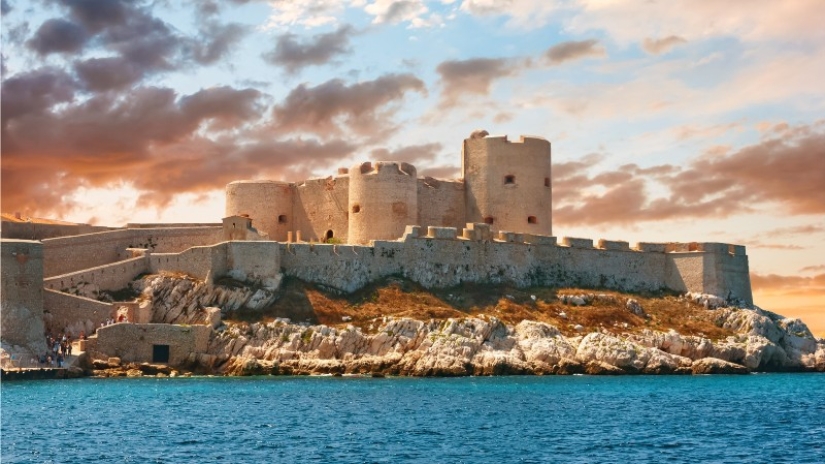
The castle is located on the island of If, which is located in the Gulf of Lyon, near the city of Marseille, in the south of France. This citadel, along with 5 others on neighboring islands, was once part of the city's powerful seaward defense line. Over time, the fortification lost its defensive significance and began to be used as a place of detention.
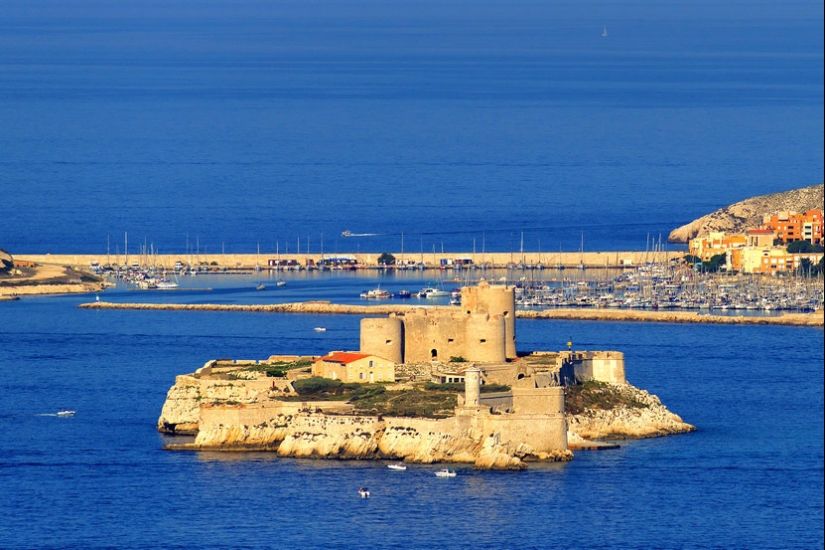
Despite its heroic past, the Chateau d'If became known to everyone thanks to the adventure novel The Count of Monte Cristo, published in 1844. True, very few people thought about whether this castle exists on the island. In the end, this is a work of art and the author could well have invented this gloomy location.
The islet in the Gulf of Lyon, which today is called If, was known to people back in antiquity. Ancient documents indicate that Caesar himself noticed the island and expressed concern about its location. Pirates could be hiding among the rocks, threatening ships heading towards the shore. This often happened - the islands in the bay caused a lot of trouble for merchants.

At the beginning of the 16th century, King Francis I visited Marseille and noticed that the large military and commercial port was completely unprotected from the sea. The monarch immediately signed a decree on the construction of an impregnable castle. He assigned the costs to the city authorities of Marseille, and this seriously slowed down the implementation of the project. The mayors of the city were playing for time with all their might. The Château d'If was not completed until 1524, when the coast was directly threatened during the war with Charles V of Habsburg, King of Spain.
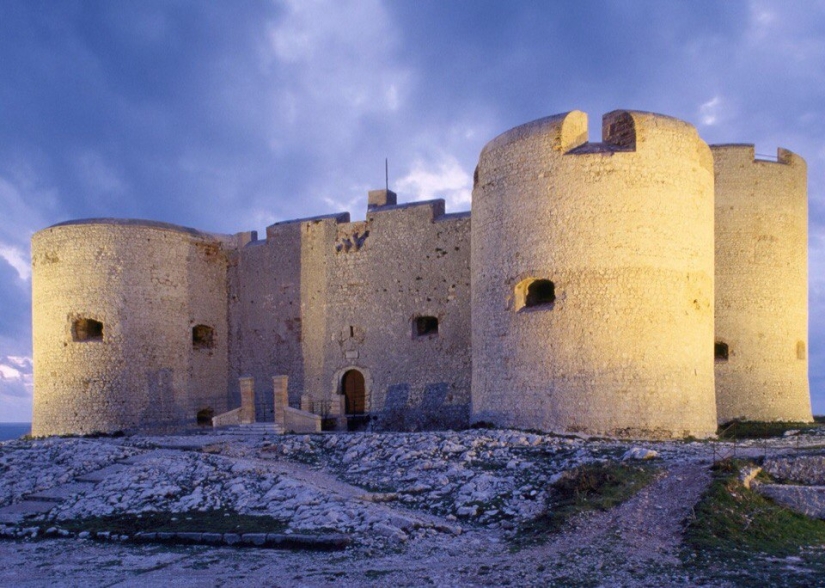
They completed the castle in a hurry, expecting the enemy fleet. Therefore, many mistakes were made, and many canons of fortification engineering were neglected. Fortunately, the enemies, seeing the impressive walls and powerful towers in front of them, lost the desire to attack Marseille.
The Isle of If is a rocky landmass measuring 3 hectares. The Chateau d'If is a three-story defensive structure, in plan it looks like a square with a side of 28 meters. The fortress wall is complemented by three powerful gun towers, on which soldiers were on duty around the clock.
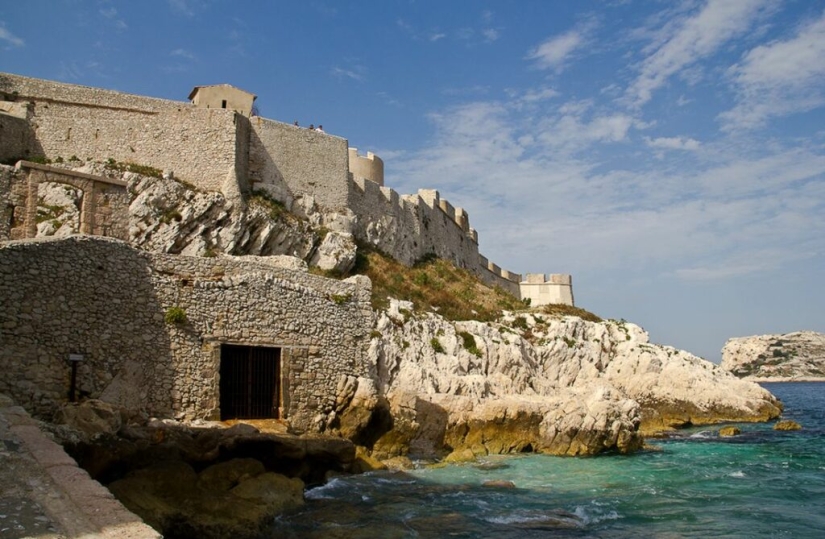
On the territory of the fortress there are other auxiliary buildings dating back to different times. Later, a lighthouse appeared on the island, which greatly facilitated navigation in the Gulf of Lion. When the castle performed its defensive functions, it was armed with 20 cannons. The garrison consisted of 200 soldiers and several officers.
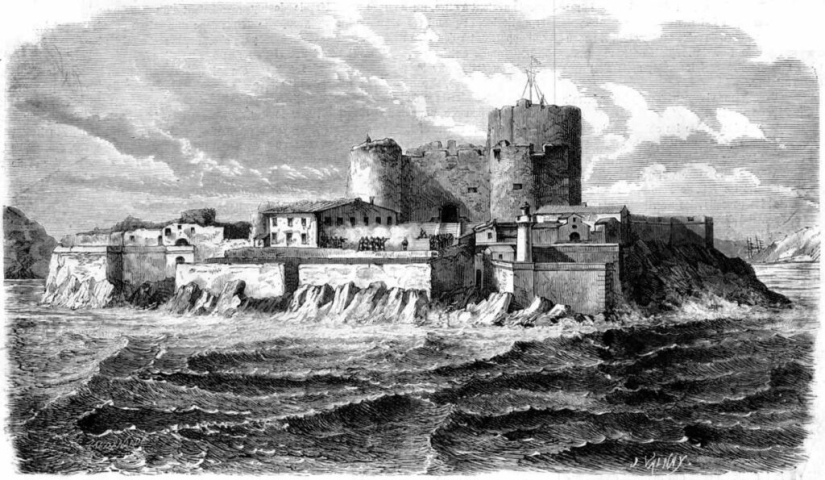
The residents of Marseille were not too happy about the fact that there were military personnel on the island, subordinate to the king. They saw this as an infringement of freedom and staged protests many times. Then the townspeople reconciled themselves and the Château d'If began to be called simply “an annoying neighbor.” But then especially dangerous state criminals began to be brought to the island. It was then that this place gained notoriety and began to inspire fear in people.
In the entire history of the Chateau d'If, its cannons were fired only once. And this was not a salvo at the enemy, but a welcome salute in honor of the arrival of Catherine de Medici in Marseille. The citadel became a prison in 1580 by order of King Henry III. The monarch ordered that conspirators, rebels and personal enemies of the royal family be imprisoned in the castle.
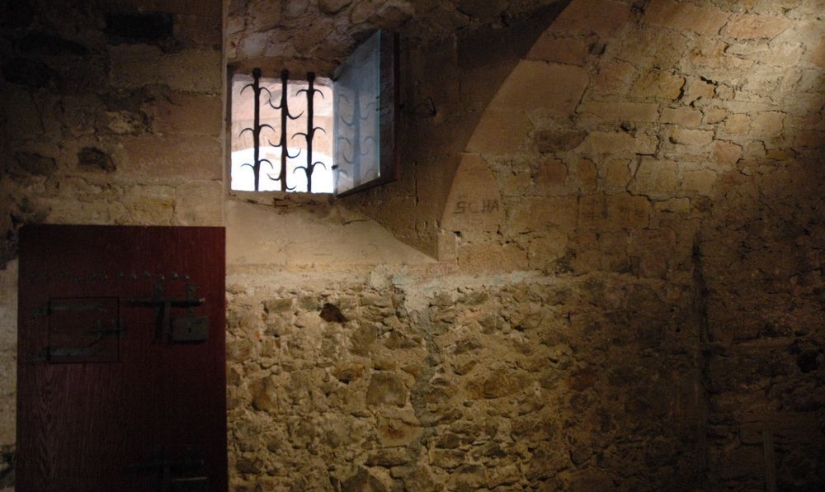
The castle's dungeons have seen a lot of people in more than four centuries of prison history. Both the leaders of peasant revolts and representatives of ancient noble families, who were plotting evil against the king, whiled away their days here. Most often, people were imprisoned in the Chateau d'If for life. True, it was not too long. The terrible conditions and cruelty of the guards quickly brought the prisoners to a sad end.
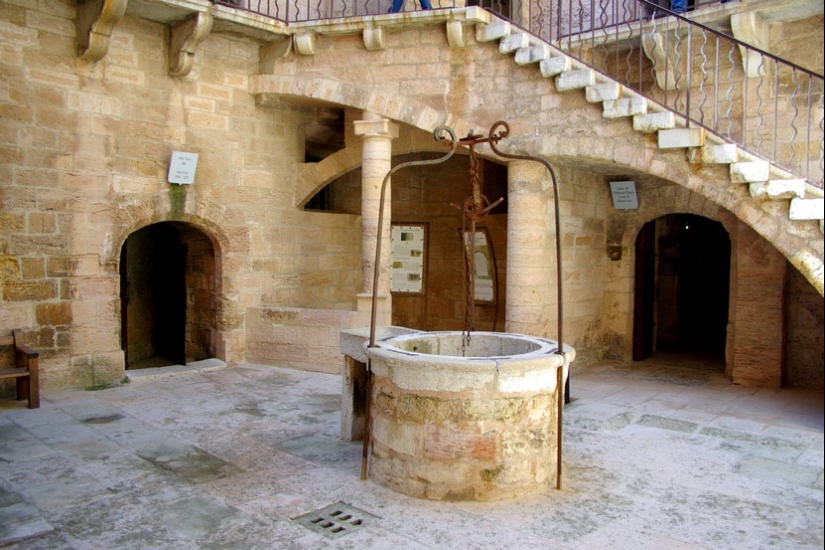
Multiple attempts to escape from prison on the island all ended unsuccessfully. The fugitives were either captured on the island or they disappeared into the depths of the sea. So the only successful escape from the Chateau d'If was made by the literary hero Edmond Dantes.
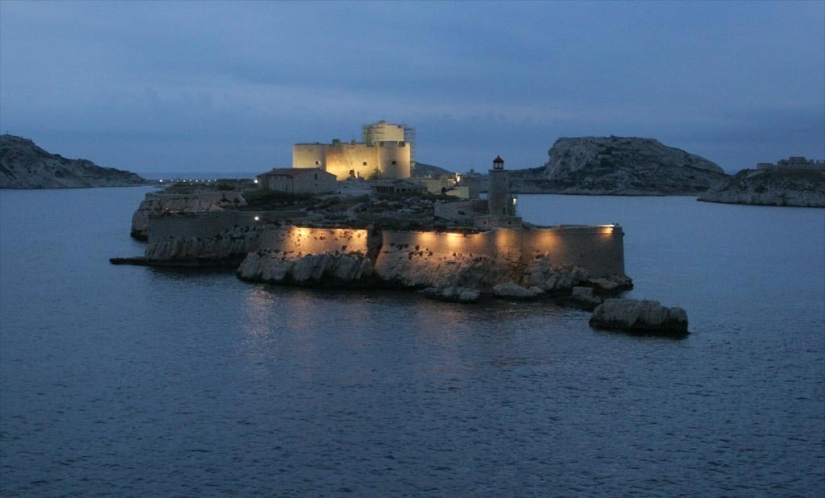
After the French Revolution of 1830, the hated political prison was closed. But soon the new government needed dungeons, and “inhabitants” appeared in the castle cells again. The last prisoners of the Chateau d'If were German soldiers captured during the First World War. During World War II, German speech was again heard on the island, but this time the castle towers were chosen by Nazi anti-aircraft gunners.
These days, the Château d'If is a popular tourist attraction. Guests are attracted here not only by the architecture and beautiful sea views. The fort has preserved many historical monuments from different eras. For example, on the walls of the courtyard you can see 96 inscriptions made by imprisoned revolutionaries in 1848.
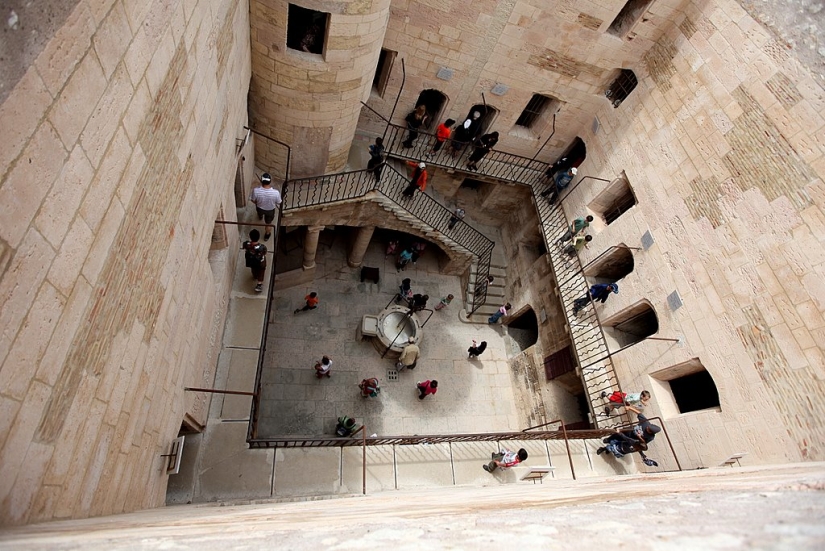
In the dungeons there is an exhibition dedicated to the novel by A. Dumas “The Count of Monte Cristo”, which made this place world famous. On the upper floors there is an exhibition dedicated to famous prisoners of the castle. Multimedia presentations are held here, and those who like to tickle their nerves can visit the prison cells.
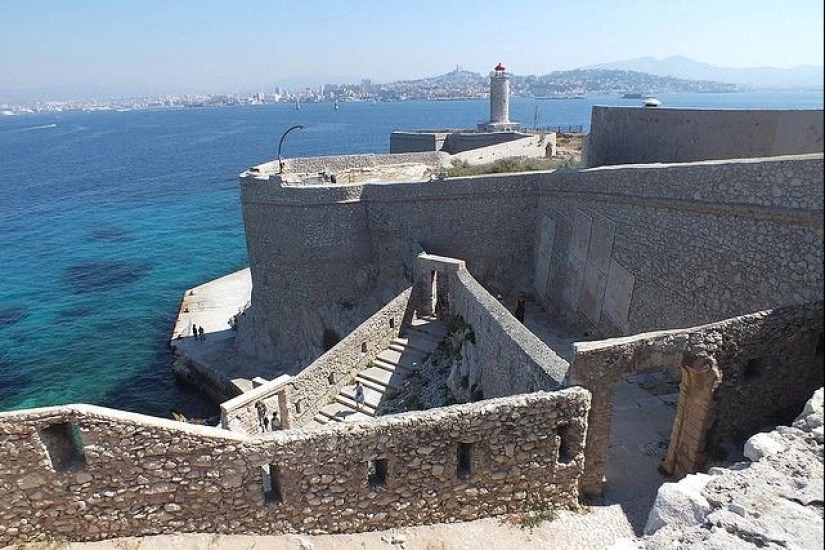
The cells on the upper floors housed noble and wealthy prisoners. But to be able to see sunlight, they had to pay extra out of their own pockets. They could even take short walks in the fortress courtyard, which looked like a well.
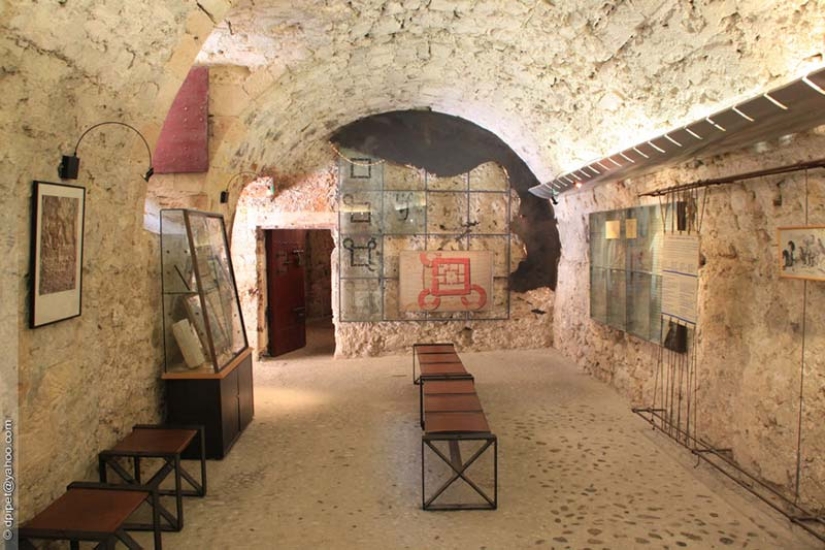
The poor prisoners were kept in cells in the basement floors of the castle. Many of the rooms were stone bags carved into the rock. In the cold season they froze, and in the summer heat they were exhausted from the heat. These casemates had no windows, and their inhabitants could not even determine the time of day.
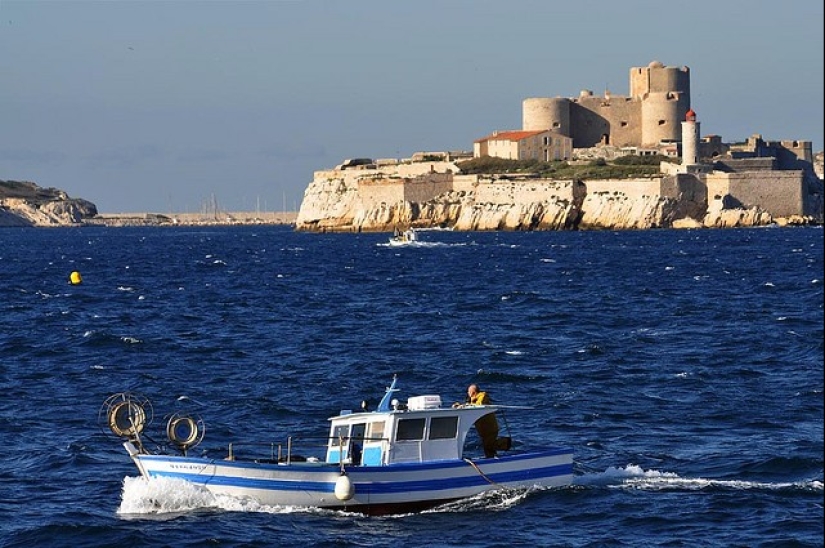
Nowadays, tourists are brought to the island by speedboats and pleasure boats. After exploring the dark dungeons of the castle, its guests can go out onto the terraces and fortress walls and enjoy the sea views and fantastic views of Marseille. Fortunately, during its centuries-old history, the Château d'If has never been destroyed. Not all historical monuments are so lucky. Unfortunately, we have lost some of them forever.
Recent articles

Sometimes, just one clever angle is enough to turn an ordinary shot into a puzzle. This collection features 22 photos where ...

The history of the Blanchard family happened back in 2015, but it is still being talked about. The brutal murder of Dee Dee ...

Oscar Wilde once said, "Life imitates art even more than art imitates life." And after viewing the photos that we have collected ...